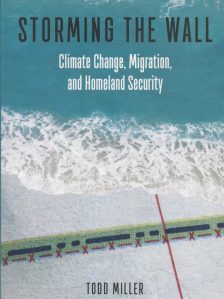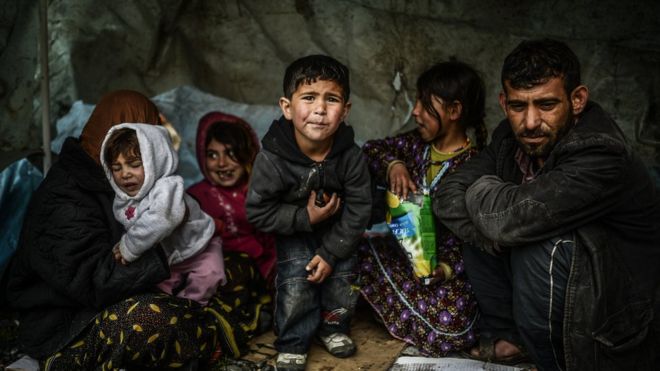 RAIN OF GOLD by Victor Villaseñor is a novelist’s re-creation of the lives of his Mexican immigrant parents—their childhoods in Mexico in the early 20th century, their arduous journey to the United States and their lives up to the point of their marriage.
RAIN OF GOLD by Victor Villaseñor is a novelist’s re-creation of the lives of his Mexican immigrant parents—their childhoods in Mexico in the early 20th century, their arduous journey to the United States and their lives up to the point of their marriage.
It was published in 1990 after 15 years of research in the USA and Mexico. I never heard of it until I happened to come across it a few weeks ago in a free book exchange in my neighborhood.
Villaseñor’s parents—his father, the fierce, macho Juan Salvador Villaseñor, a child laborer who became a successful bootlegger, and his mother, the beautiful and good Lupe Gomez—were amazing people whose lives deserve to be recorded.
The stories of their survival, and of how they met, are sagas in themselves. In the telling, Villaseñor gives a detailed, fascinating picture of Mexican and Mexican-American life in the early 20th century.
What’s especially interesting to me is how his parents resolved the conflict between the Mexican culture based on defense of personal honor versus the US American culture based on achievement for personal success.
∞∞
Juan Salvador was the grandson of Pio Castro, a soldier who fought with Benito Juarez in the 1860s to liberate Mexico from a puppet government established by the French. Pio Castro then went on to establish a prosperous and free community in the mountains of central Mexico called Los Altos de Jalisco.
But the family was pushed aside during the reign of Porfiro Diaz, and we meet Juan Salvador as an 11-year-old boy, on the road with his mother, brothers and sisters. trying to get to the United States. They were so poor that, among other things, they ate grain found by young Juan Salvador horse droppings.
By age 13, Juan Salvador was working as an adult for a copper mining company in New Mexico. He was arrested and sentenced to six years in prison for stealing scrap copper. While he was awaiting trial, he accepted an offer of $500 (more than $50,000 in today’s money) to his family if he pleaded guilty to a murder the rich man’s son had committed. He was sentenced to life imprisonment for the murder.
While on a prison work gang, he was set upon by rapists and nearly killed while resisting. He escaped from the prison hospital and made his way to Montana, where he worked in copper mines there under a different name.
Still a teenager, he learned from a Greek-Turkish mentor how to play poker for money. He later became a valued employee at Montana’s biggest and most exclusive whorehouse.
By age 21, he had done well for himself in Montana, but answered an appeal by his sister Luisa to rejoin his family, which had moved to California. Her message was that individual success is meaningless unless it contributes to the building-up of a family.
At this time, Prohibition was in effect. He continued to do well at cards—without cheating, the author emphasized—and made some money smuggling tequila across the border with Mexico.
He found himself in jail, together with a group of other prisoners dominated by two brutal Anglos. He put down the two thugs, and established a kind of government in the cell, with elected judges and enforcers of order, paid out of a carton of cigarettes he’d brought with thim.
A middle-aged Mafioso in the cell was impressed by Juan Salvador and made friends with him. He agreed, for a price, to tell him how to distill whiskey.
At that time, although Juan Salvador had learned his ABCs from a Mexican cook in prison, he was functionally illiterate. He could not read a newspaper in English or Spanish, nor locate Europe or China on a map.
Yet he was able to make acceptable whiskey based just on an interview of a single person, and also run a successful business which happened to be outside the law.
I am a college graduate, but such things would have been beyond my ability.
The important thing about Juan Salvador is that although he was a criminal, he was an honorable man. He didn’t cheat anyone, he didn’t exploit anyone and he kept his word. His family, friends and neighbors looked up to him.
He carried a gun and, although the author is coy about whether his dad actually killed anyone, he was capable of violence. Yet he was gentle with his loved ones. He and his equally violent brother, Domingo, gave absolute respect and obedience to their mother, Dona Margarita.




















 My question: What would this cost?
My question: What would this cost? Furthermore a wall would not be sufficient to secure U.S. borders. A large fraction of illegal immigrants enter the U.S. by sea, or enter the U.S. legally and overstay their visas. More than a million of them are from Asia.
Furthermore a wall would not be sufficient to secure U.S. borders. A large fraction of illegal immigrants enter the U.S. by sea, or enter the U.S. legally and overstay their visas. More than a million of them are from Asia.




